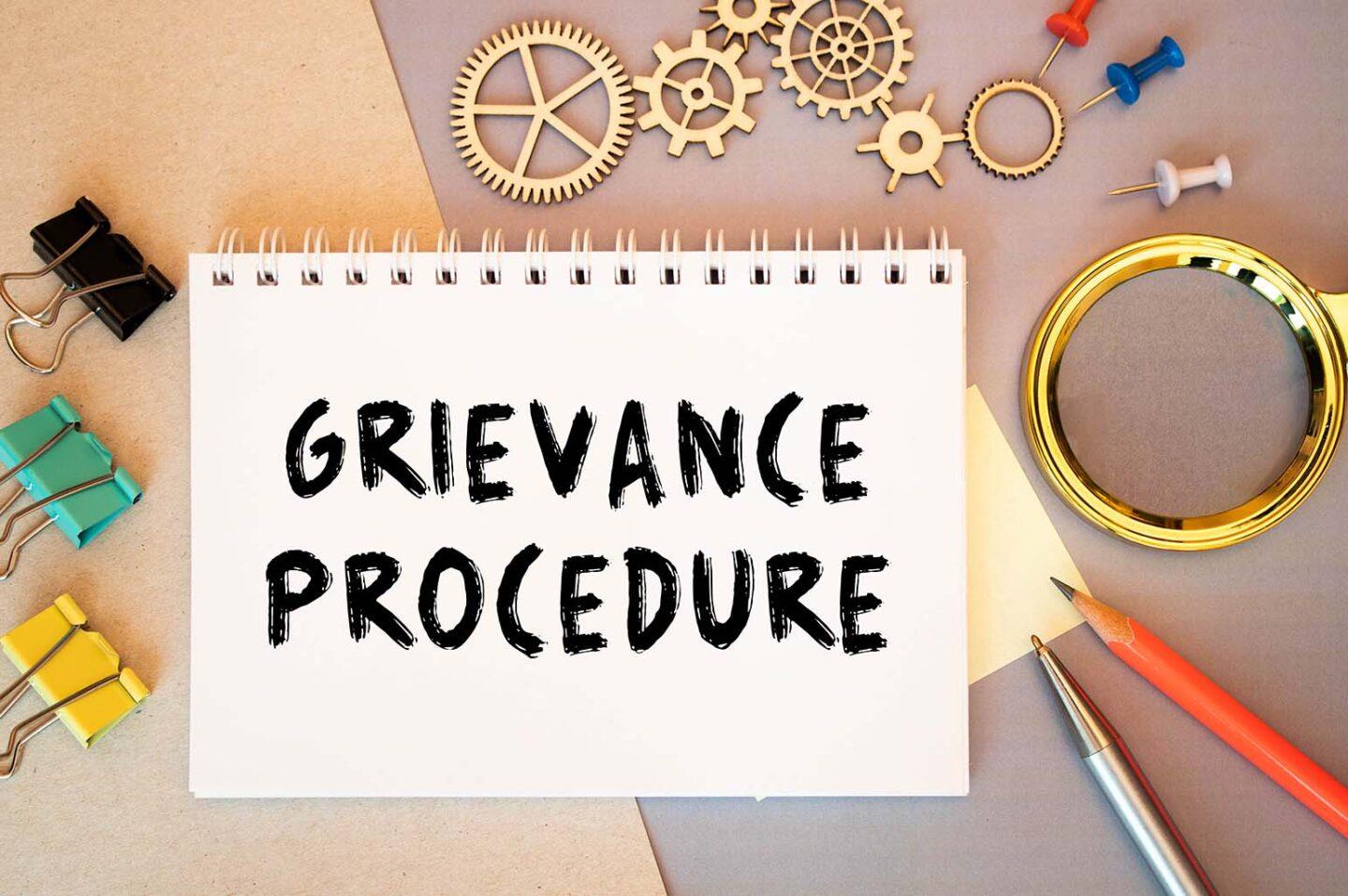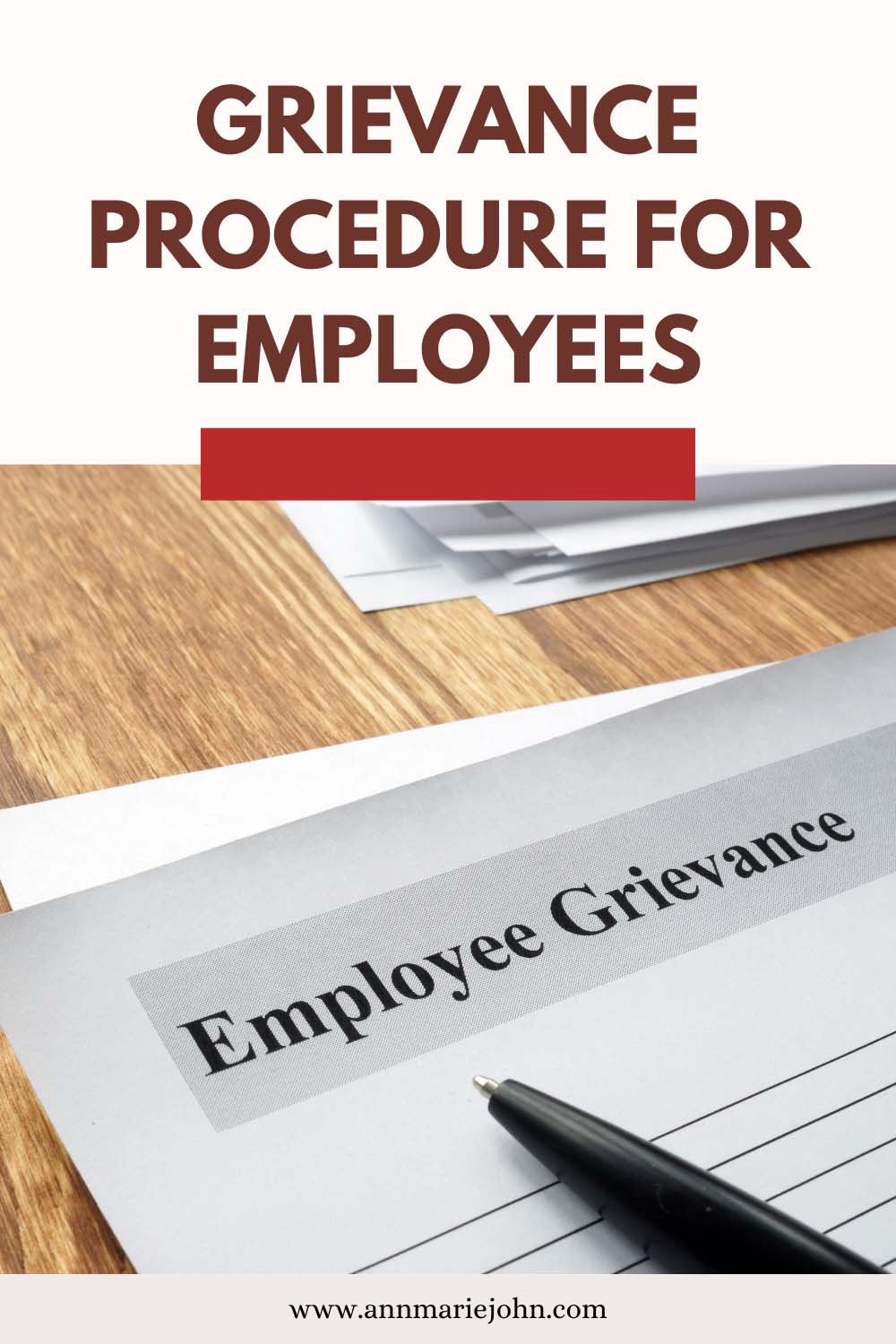Need help with understanding how to file a grievance and what your rights are as an employee? Our guide provides you with easy-to-follow steps to handle workplace issues.

Workplace grievances can adversely impact employee satisfaction and productivity. Common grievances often involve conflicts between employees, unfair treatment, or violations of labor laws.
Workplace grievances should be promptly addressed to avoid hurting the success of the business. According to a top employment lawyer in Toronto, seeking legal help may be necessary to resolve such matters effectively.

What Causes Employee Grievances?
Employee grievances are common workplace issues that affect employees, employers, and businesses. Here are the common causes of employee dissatisfaction:
Inadequate Compensation
This issue arises when employees aren’t equitably compensated, based on experience, skills, and industry standards. This can lead to dissatisfaction and low morale among employees.
Unfair Treatment
Unfair treatment encompasses favoritism, biased decision-making, or discriminatory practices. These grievances can erode trust and create a hostile work environment.
Lack of Recognition
Lack of recognition can result in demotivation and diminished engagement. Employees efforts and accomplishments should be acknowledged and rewarded.
Poor Work-Life Balance
Maintaining a healthy work-life balance is crucial for overall well-being. Employees may express grievances if they consistently work long hours, have unrealistic expectations, or lack flexibility in their schedules.
Inadequate Training and Development Opportunities
Lack of professional growth or career advancement can cause employee dissatisfaction. A shortage of training programs can hinder employees from keeping up with evolving industry demands.
Unsafe Working Conditions
By law, employees have the right to a safe and healthy work environment. Issues such as insufficient safety measures, inadequate equipment, or toxic substances must be addressed promptly to avoid potential grievances and adverse legal implications.
Poor Communication
Lack of effective communication channels and transparency can cause numerous issues, including:
- Misunderstandings
- Misinformation, and
- Reduced productivity, among others.
Also, unclear expectations, insufficient feedback, or inadequate information sharing are major contributors to employee grievances.
Excessive Workload
Research shows that overloading workers beyond their capacity is a major contributor to burnout, stress, and decreased job satisfaction. Proper workload management and resource allocation are essential to addressing this grievance.
Lack of Empowerment
Employees often seek autonomy and empowerment in decision-making processes. Grievances may arise when employees are micromanaged, undervalued, or not included in decisions that impact their work.
Denied Employment Benefits
Employees value perks and benefits as part of their total compensation package. Grievances may arise if perks, such as healthcare coverage, retirement plans, or paid time off are denied.
Workplace Grievance Procedure
The workplace grievance procedure is a structured process that enables employees to raise and resolve complaints or concerns within their organizations. Here are the key steps involved in resolving employee grievances:
Step 1: Familiarize yourself with the company’s grievance policy
Obtain a copy of the company’s grievance policy from the human resources department or employee handbook. Carefully read and understand the procedures and guidelines outlined in the policy.
Step 2: Document the grievance
Write a clear and concise statement outlining the details of the grievance. Include the nature of the complaint, relevant dates, times, locations, and any individuals involved. Keep copies of any supporting documents or evidence.
Step 3: Submit the grievance
Submit the written grievance to your immediate supervisor or the designated person as specified in the company’s grievance policy. Ensure that you adhere to any specified time limits for submitting the complaint.
Step 4: Investigation
Once the grievance is submitted, the company will initiate an investigation. The investigator, often a neutral party, will gather relevant facts, interview involved parties, and examine any supporting evidence. It is crucial to cooperate fully and honestly during the investigation.
Step 5: Attend a grievance meeting
If necessary, attend a grievance meeting to present your case. Provide a clear and concise explanation of your grievance, supported by any evidence or witnesses. Remain professional and respectful during the meeting.
Step 6: Decision and resolution
Following the investigation and grievance meeting, the company will reach a decision. You will be notified of the decision in writing, including any proposed resolutions or actions to be taken. If you are unsatisfied with the decision, consult the company’s grievance policy for further steps, such as an appeal process.
Step 7: Follow-up and closure
If the grievance is resolved, ensure that any agreed-upon actions are implemented. If the resolution is not satisfactory, explore further options outlined in the company’s grievance policy, such as mediation or external arbitration.
How can a Lawyer Help?
Employment lawyers can provide legal advice and representation to address employee grievances. They can review employment contracts, investigate claims, and negotiate with employers. Through legal proceedings, they aim to protect the rights of the employees and seek appropriate remedies for their grievances.
Employee grievances are prevalent in many Canadian workplaces. The good thing is that employees have legal recourse. To foster a positive work environment, employers should address workplace grievances promptly and create policies and practices that prioritize employee well-being, fairness, and open communication.
